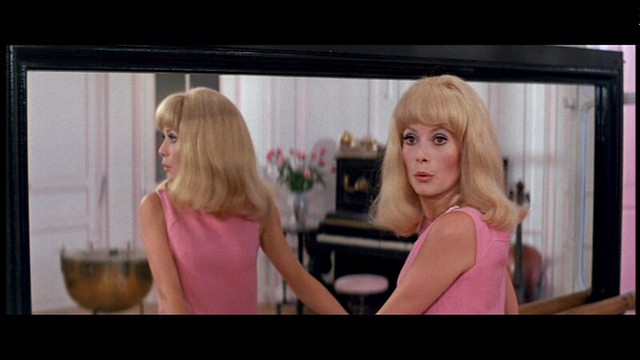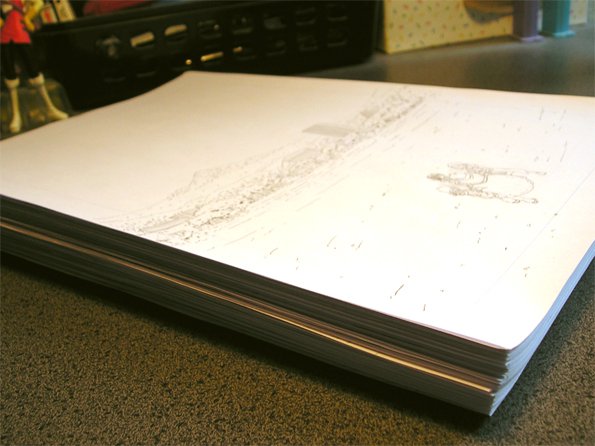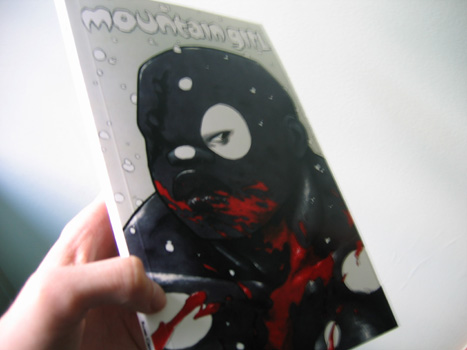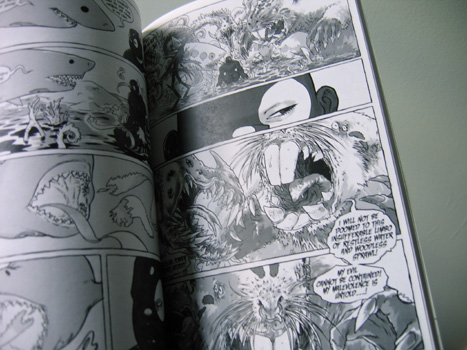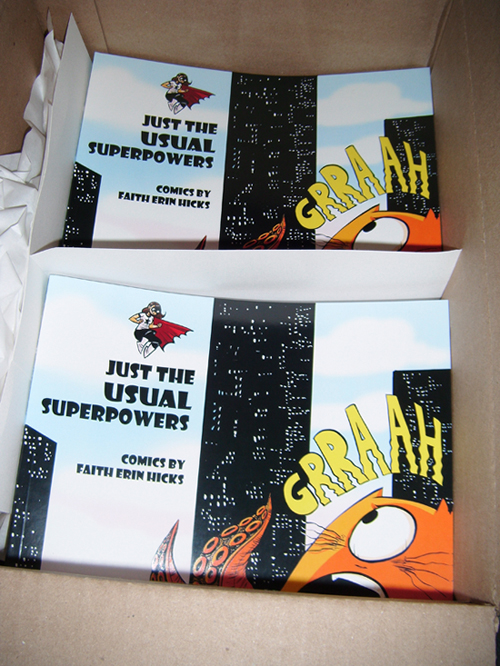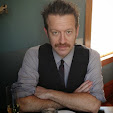
Natalie Nourigat calls this "My favorite panel from this chapter."
Chapter of what? Mysterious!
(By the way, pretty sure that's the same girl that's in her blog header. More mysterious!)
Current Soundtrack: Suede, "Everything Will Flow" CD2
A personal diary keeping people abreast of what I am working on writing-wise.


Halfway into Claude Lanzmann’s 9 ½-hour Holocaust documentary Shoah, the importance of his monumental undertaking becomes all too clear. An anonymous man emerges from a crowd in front of a Polish church, mere miles from the Treblinka death camps were 400,000 Jews were murdered, to relay a story he heard about a rabbi instructing his people to go with the Nazis willingly as atonement for killing Jesus. It’s an unsettling moment. Lanzmann has been rooting around for just this kind of justification, and there it is. That one of the only two people to escape Treblinka is standing in the group, silently observing, makes it all the more haunting. The technique in Shoah is raw, but it’s not about cinema, it’s about making sure the stories don’t fade away. Lanzmann gathers up survivors, observers, and persecutors and pushes them to tell their version of events. With them, he travels to the notorious camps and ghettoes, tracing the long march of death. Completed in 1985 after a decade of work, Shoah is a towering tribute to those lost. It’s also difficult to sit through, both in terms of content and presentation. The Film Center will be showing it in two parts, and whether you go all day or two days in a row, expect a long haul.
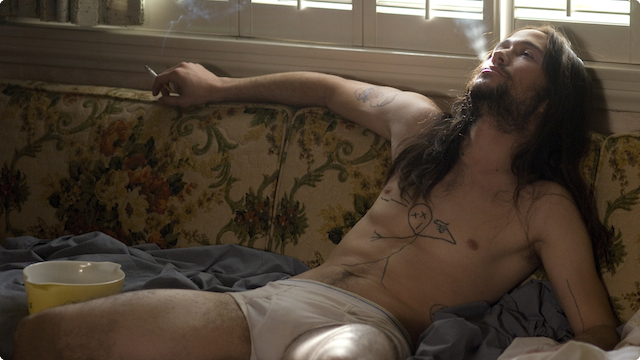


Outside the stall, boys stand around and stare in disbelief as [redacted]. Goran has also come in.
Maybe the crowd can be teen versions of you, me, James Lucas Jones, and Smoking Adolescent Tomboy Joëlle(TM).
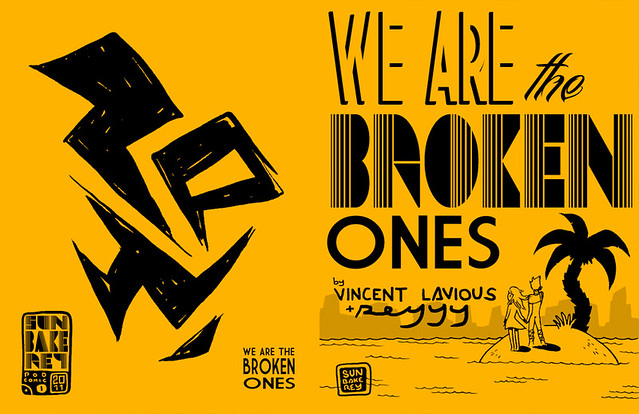

Current Soundtrack: Arctic Monkeys, "Don't Sit Down 'cause I've Moved Your Chair;" Nicki Minaj, "Set it Off/Baddest Bitch"
Sergei Eisenstein pretty much invented cinematic language in his 1925 silent film about rebellion on a Russian cruiser, but don’t mistake watching Potemkin as akin to reading a textbook--it’s as stirring today as it was nearly a century ago. The dizzying battle sequences and iconic riot on the Odessa stairs (you’ve seen it ripped off hundreds of times) turned what would’ve otherwise been a standard propaganda film into tension-filled art. Fully restored with its original score, this 35mm print is a rare chance to see a masterpiece in public with all the P-town Bolsheviks.
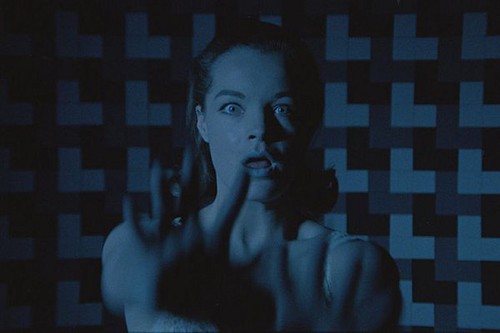

Gang of Fools Motion Flyer from Daniel J. Kramer on Vimeo.





Poster by Connor Willumsen
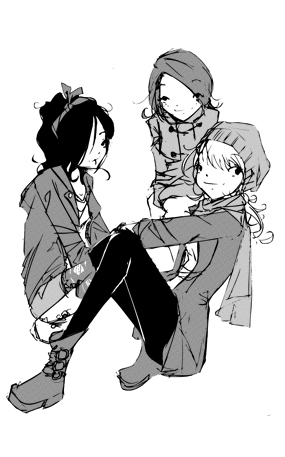

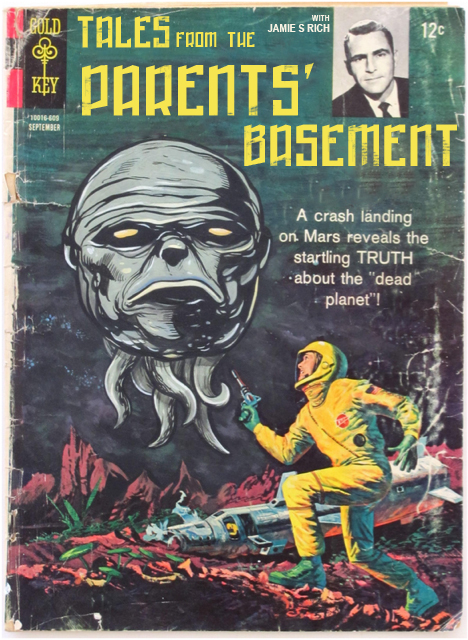
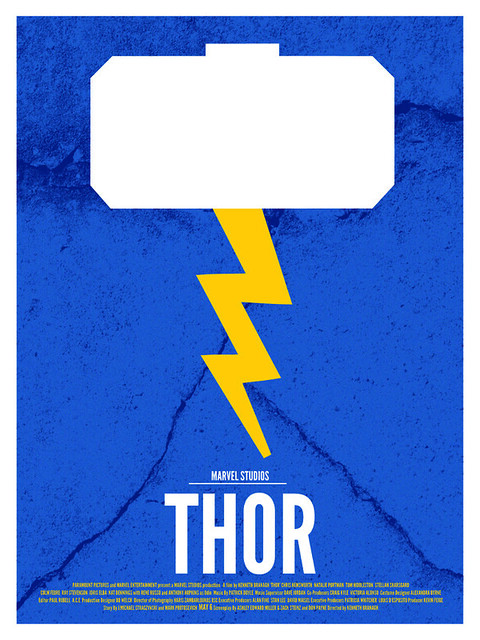
Poster designed by David Williams; check out his site.
